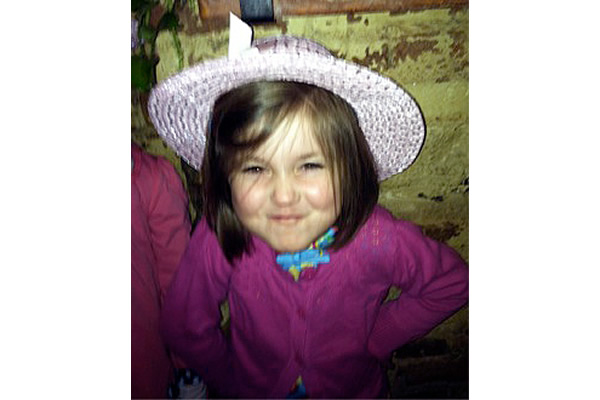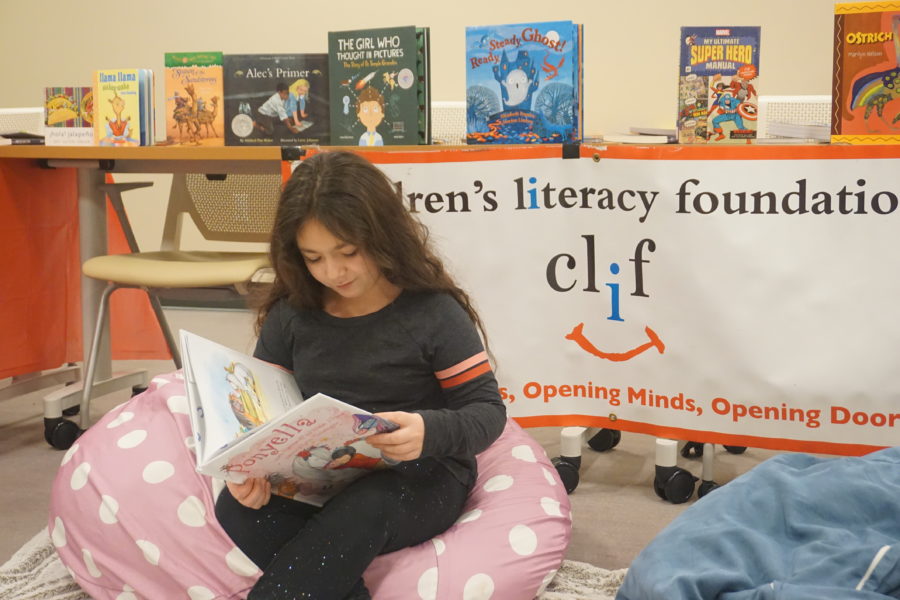
There are few pleasures as satisfying on a wintry New England day as cuddling up with your child and a good book. Sharing this pleasure with children gives them access to the worlds that can open up before them. While fierce, icy winds blow outside, they’ll enjoy reading about a sandy beach or some other exotic, even imaginary place. This escape is just one reason to encourage reading and make books available to youngsters.
Embrace the Cold
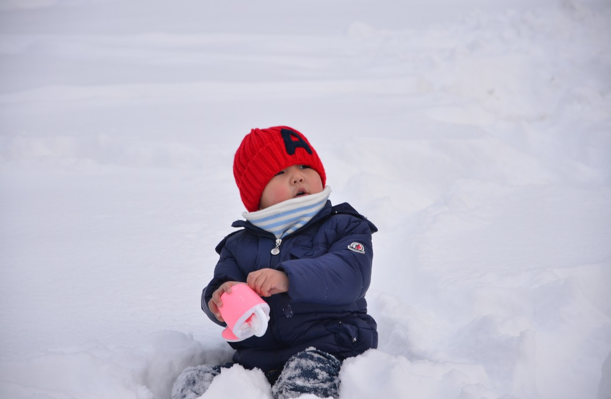
At the same time, there are compelling reasons to urge these same young readers into the great outdoors in the winter. Reading a book such as It’s Snowing! by Gail Gibbons teaches fun facts about snow and snowflakes. Getting out and playing in the snow gives them a chance to see what they’ve been reading about. The outdoors also provides all sorts of benefits, from immunity boosts to fun adventures.
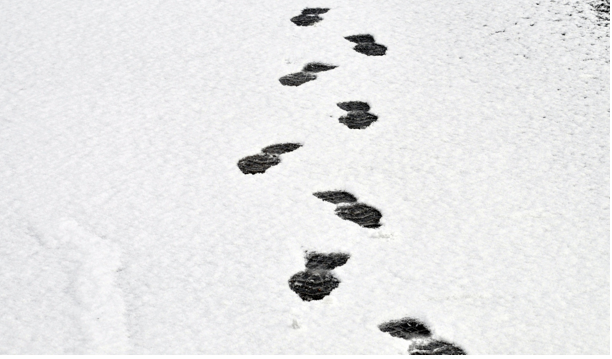
One of these involves the change of seasons. Like reading, observing change opens the mind and stimulates the imagination. The first snowfall, for example, can foster heightened comprehension and new ways to engage with the world. That’s part of the message Ezra Jack Keats shares in his Caldecott-winning classic, The Snowy Day. The book shows Peter, the young protagonist, discovering the effect of changing temperatures and the different ways footsteps can leave patterns in the snow. Experiences as basic as these can open the door to new understandings about language, the visual arts, and science.
Problem-Solving
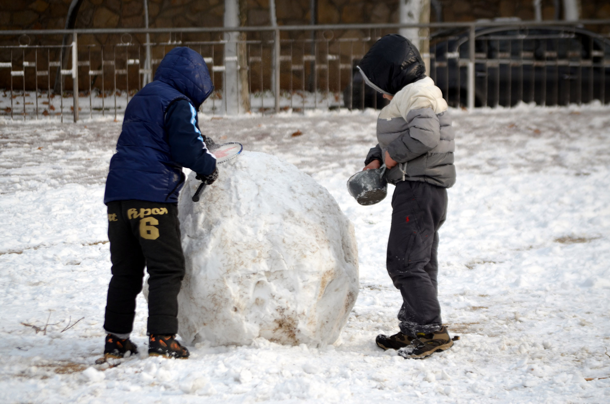
Playing in the sometimes-challenging winter environment also can bolster a young reader’s ability at creative problem-solving, reinforcing one of the great gifts of reading. How do you best climb up a snowy hill? Once there, how do you best climb down? When is sliding fun? When is sliding awful? How big a snowman can you make, if you can only lift so much? In the young adult novel, Brian’s Winter, the third in Gary Paulsen’s Hatchet series, 13-year-old Brian Robeson encounters winter as a matter of survival. He copes — but also finds help, both essential skills for any young winter explorer.
Nature
Taking your children for a hike in the winter will help them see how some animals deal with the snow. Have them read the Caldecott winner, The Big Snow, by Berta Hader, to see how different critters prepare for the winter. Then point out which birds stick around during the colder months, and which ones head south. See if they notice which animals develop thicker coats to deal with the cold.
Health Benefits
In addition to the intellectual and developmental skills that winter outdoor play can foster, are the health benefits. Winter activities such as walking up a hill or building a snowman require greater use of large muscles than typical summer activities. For youngsters, this muscle use supports gross motor development and general health. Then there are the benefits of breathing fresh air in a season when bacteria and viruses flourish in the heated indoor environments. Finally, sunnier winter days provide much-needed exposure to Vitamin D, which can be in short supply during the shorter days of the year. Vitamin D increases serotonin, regulating moods and our sense of well-being and is an important weapon against the winter blues. Doctors recommend children play outside at least a half-hour every day in the winter.
All sorts of activities can encourage a child to play outdoors. Books will inspire them, but it’s up to adults to coax them into going on nature walks or setting up a simple target for snowballs. Like adults, kids need to dress in layers with warm gloves, headgear, boots, and warm weatherproof bottoms.
The combination of reading and outdoor activity is a natural pairing. Both promote health, a deeper understanding of the world, and a broader sense of personal well-being.
Author Bio: Eva Williams loves the outdoors. She loves it with a campfire and s’mores, a hike, or apres ski in a nice lodge with a glass of wine, and has written about it for two decades.


